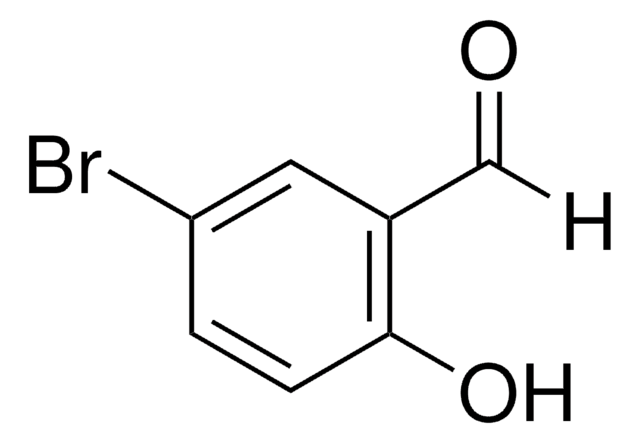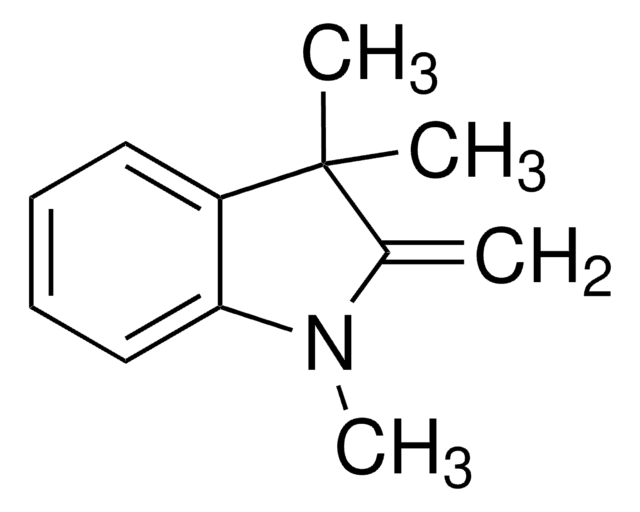275352
2-Hydroxy-5-nitrobenzaldehyde
98%
Synonym(s):
5-Nitrosalicylaldehyde
About This Item
Recommended Products
Quality Level
Assay
98%
mp
125-128 °C (lit.)
functional group
aldehyde
nitro
SMILES string
[H]C(=O)c1cc(ccc1O)[N+]([O-])=O
InChI
1S/C7H5NO4/c9-4-5-3-6(8(11)12)1-2-7(5)10/h1-4,10H
InChI key
IHFRMUGEILMHNU-UHFFFAOYSA-N
Looking for similar products? Visit Product Comparison Guide
General description
Physical properties
Signal Word
Warning
Hazard Statements
Precautionary Statements
Hazard Classifications
Acute Tox. 4 Oral - Eye Irrit. 2 - Skin Irrit. 2
Storage Class Code
11 - Combustible Solids
WGK
WGK 3
Flash Point(F)
Not applicable
Flash Point(C)
Not applicable
Personal Protective Equipment
Choose from one of the most recent versions:
Certificates of Analysis (COA)
Don't see the Right Version?
If you require a particular version, you can look up a specific certificate by the Lot or Batch number.
Already Own This Product?
Find documentation for the products that you have recently purchased in the Document Library.
Customers Also Viewed
Active Filters
Our team of scientists has experience in all areas of research including Life Science, Material Science, Chemical Synthesis, Chromatography, Analytical and many others.
Contact Technical Service










